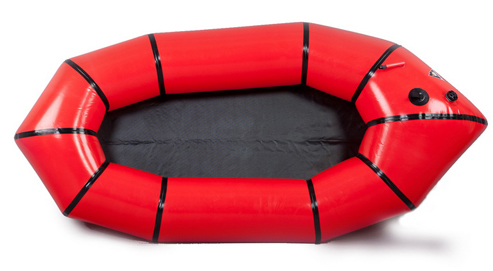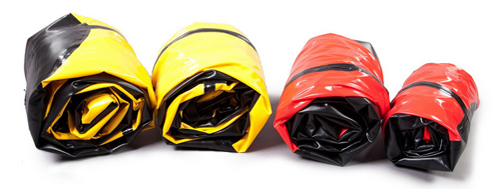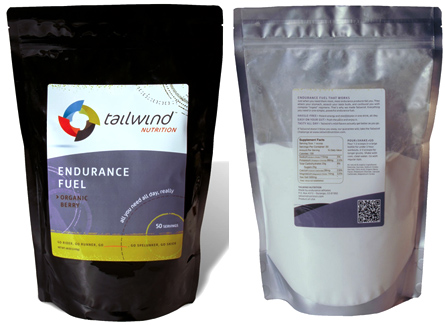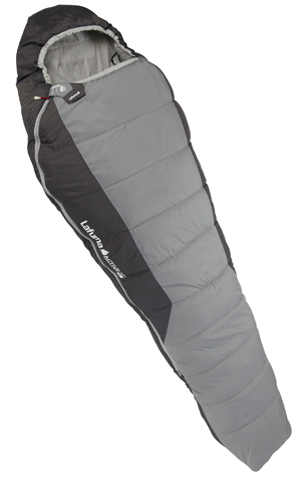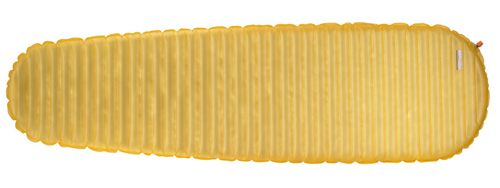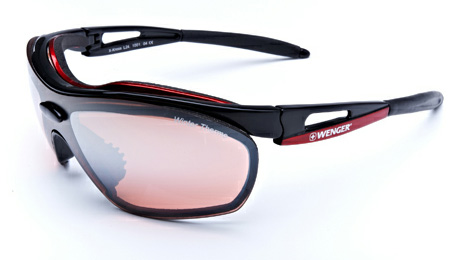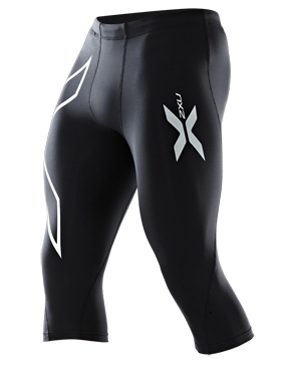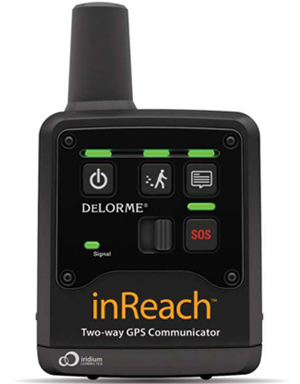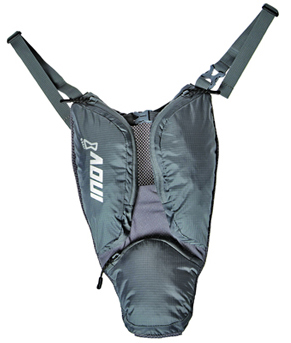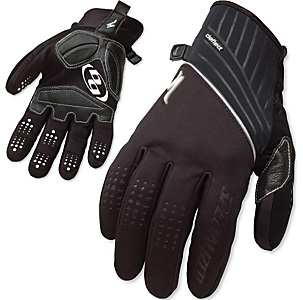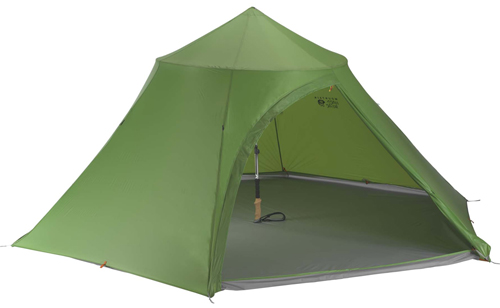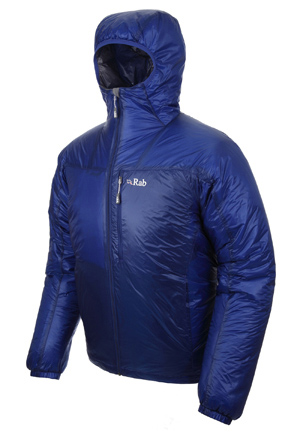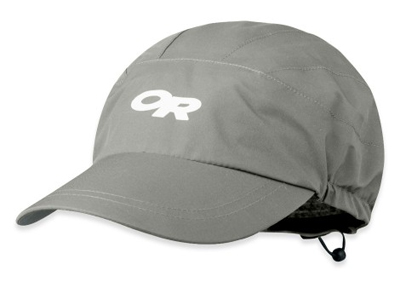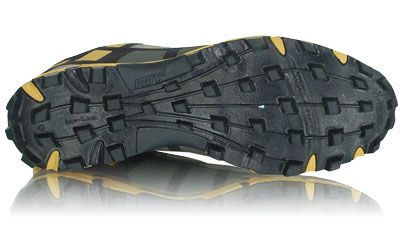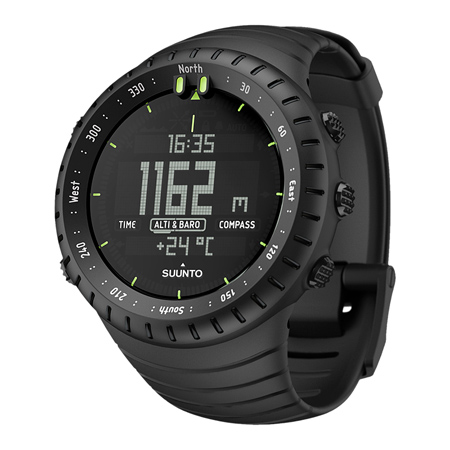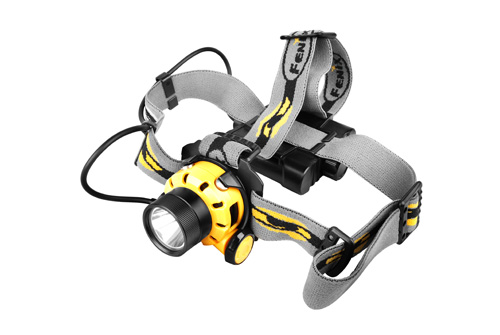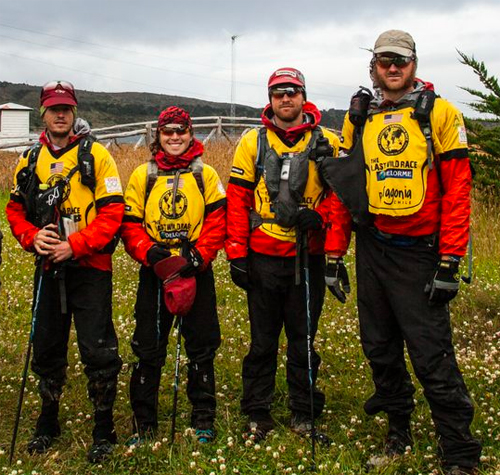By JASON MAGNESS
The Patagonian Expedition Race, held in southern Chile each February, has been dubbed “the last wild race.” It is one of the world’s most death-defying organized sporting events, a 10-day wilderness immersion where teams go far off-grid and do battle with deep forests, mountain passes, fjords, rivers, and swamps. This is all in the name of finding checkpoints on a map and, eventually, after hundreds of miles, the finish line.
Our team, GearJunkie/YogaSlackers, has raced in Patagonia for the last four years. We finished the 2013 race in 3rd place, and the course proved as tough as ever.
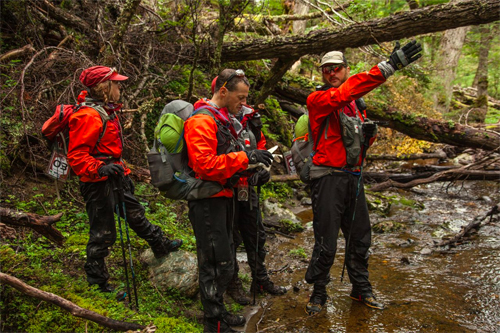
The race destroys gear as well as bodies. This year, we decided to go as fast and light as possible to gain some speed. We picked a bad year for this strategy — Patagonia showed its fury last month, with some of the harshest weather we’ve ever seen. It was 10 straight days of rain and snow, high temps in the mid-30s (F), and winds up to 100mph.
This is not to mention the cold waters we paddled and swam in, and the immersive, day-long bushwhacks where you’re soaked head to toe and poked endlessly by sticks and thorns. . . ah, all good fun!
In the end, our gear saved our lives. Not to be overdramatic, but in truth our shell jackets, wool base layers, sleeping bags, tent — not to mention packs, shoes, crampons, pack rafts, and food — were key to us making it through the near-impossible course. Here are a few pieces of gear that stood out. —Jason Magness
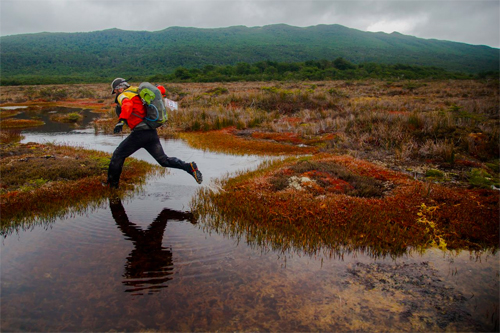
Pack Rafts — Our Alpacka rafts pack small and inflate to vessels that can float in class IV whitewater or traverse a frozen fjord. We traveled the wilderness with the 3 pound, 3 ounce Scout model ($525) in our packs. We trusted them enough to cross 6KM of open fjord once with no life jackets or drysuits. (Not recommended!) If they pop, we could die. Enough said.
